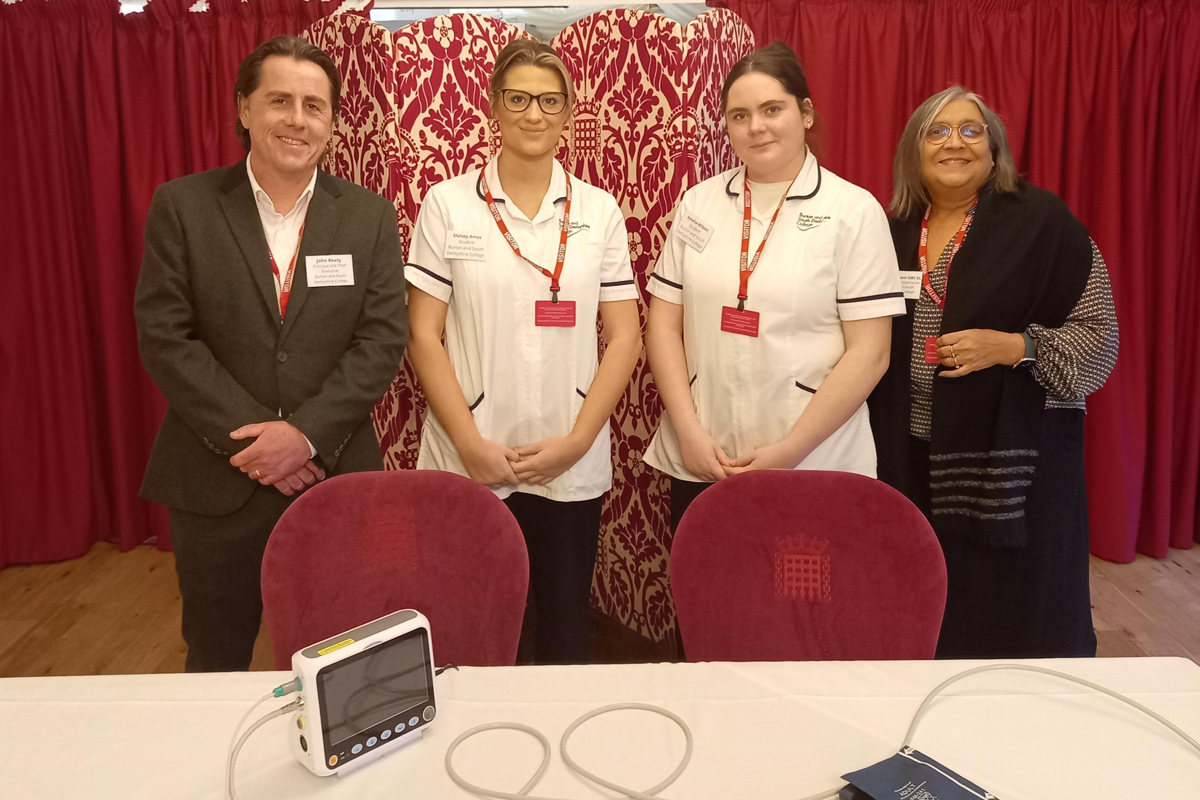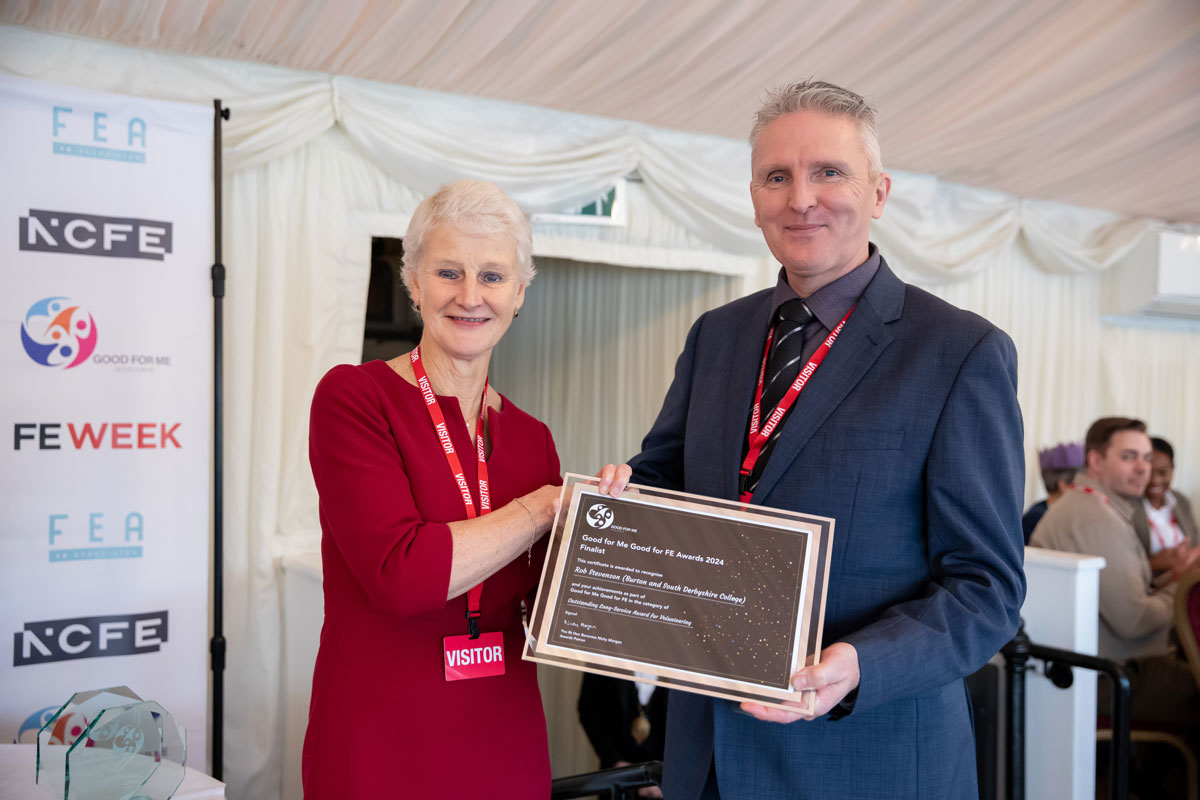Key stage 4 performance 2022

Statistics on the achievements of young people at the end of key stage 4 in England, in the 2021 to 2022 academic year.
This statistical release focuses on the GCSE results of pupils at the end of Key Stage 4 (KS4) attending state-funded schools in England. In the 2021/22 academic year there were 4015 state-funded schools with 587,681 pupils at the end of KS4. Unlike previous years, this provisional release will include pupil characteristic breakdowns such as by disadvantage status, free school meal status, special educational needs status and ethnicity.
This academic year saw the return of the summer exam series, after they had been cancelled in 2020 and 2021 due to the impact of the COVID-19 pandemic, where alternative processes were set up to award grades (centre assessment grades, known as CAGs, and teacher assessed grades, known as TAGs). As part of the transition back to the summer exam series adaptations were made to the exams (including advance information) and the approach to grading for 2022 exams broadly reflected a midpoint between results in 2019 and 2021. More information on these changes can be seen in the Guide to GCSE results for England, summer 2022.
The KS4 performance measures reported in this release, and on the Find School and College Performance Data website, for the 2021/22 academic year have been affected by our commitment not to include results from qualifications achieved between January 2020 and August 2021 in future performance measures. We have adjusted the methodology designed to minimise the impact of gaps in data for schools and colleges.
Throughout this release, comparisons are made with both 2021, the most recent year, and 2019, because it is more meaningful to compare to the last year summer exams were sat. Given the unprecedented change in the way GCSE results were awarded in the summers of 2020 and 2021, as well as the changes to grade boundaries and methods of assessment for 2021/22, users need to exercise caution when considering comparisons over time, as they may not reflect changes in pupil performance alone.
Sector Response
Emily Hunt, Associate Director at the Education Policy Institute, said:
“It’s disappointing that the government’s own disadvantage gap measure now stands at its widest in a decade. It’s clear that pupils from disadvantaged backgrounds faced a myriad of challenges while learning from home during the pandemic, and consequently experienced greater learning losses.
“But while the pandemic exacerbated inequalities, the attainment gap was already widening prior to 2020. As government considers whether education budgets could be cut further, any reductions pose the very real risk of further widening the attainment gap.
“Given that increasing numbers of pupils are falling into disadvantage, we urgently need a cross-government child poverty strategy to address the root causes of disadvantage.”
Geoff Barton, General Secretary of the Association of School and College Leaders, said:
“It remains our view that Key Stage 4 performance tables should not have been published this year, given the disproportionate impact of the pandemic on different schools and colleges.
“However, since they have been published, it is helpful that the Department for Education has made it clear that this data should be treated with extreme caution. Many changes have been made to the way the data has previously been presented, including the rebranding of the school performance website to remove references to comparison. We would discourage anyone from making direct comparisons between schools and colleges or comparing this year’s data to previous years’.
“Overall results are broadly as we expected, following the policy decision for grading to reflect a midpoint between the results of summer 2019 and 2021. But it is extremely concerning that the disadvantage gap has continued to grow, and is now at its highest level since 2011/12. This is yet another example of how the pandemic has had the biggest impact on the most disadvantaged.
“Significant investment in a coherent plan for education recovery is badly needed if this gap is ever going to close. Instead, it seems likely that the government is going to reduce spending on education even further. If that is the case, our children and young people, who made enormous sacrifices during the pandemic to protect others, will be disadvantaged yet again.”
This release reflects the GCSE grades awarded to pupils in August 2022.
It provides information on the awards of GCSEs and other qualifications of young people in academic year 2021 to 2022.
This typically covers those starting the academic year aged 15.
Read the secondary school performance tables for historic information on pupil attainment across all key stages.











Responses